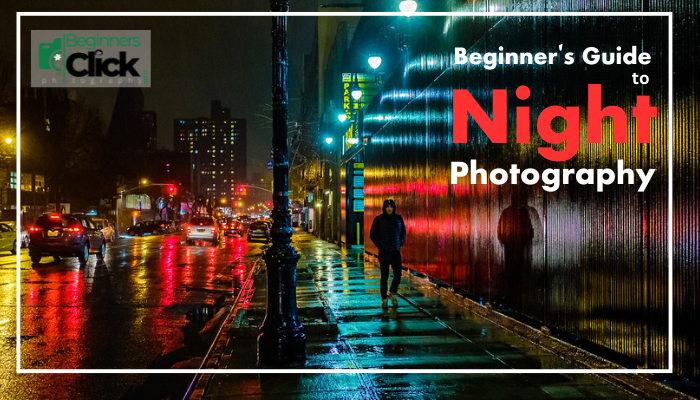It all started on a rainy evening when I rushed out to shoot a street portrait. I had a new camera, a shiny lens, and… a slow memory card. Halfway through, the buffer froze, and I missed the perfect expression. Lesson learned: not all memory cards are created equal.
Over chai and biscuits, I often chat with fellow photographers about their “memory card nightmares.” One friend shared how a cheap card corrupted his wedding shoot files. That story stuck with me because I had faced similar horrors during a wildlife trip. The excitement of capturing a tiger up close turned into panic when files vanished.
Speed matters more than you think. My early mistake was buying a card with a modest write speed, thinking any card would do. It turns out, shooting high-resolution RAW images or 4K video demands fast write speeds. Otherwise, your camera will stutter, and those candid smiles or golden-hour portraits vanish forever.
Capacity is another battlefield. I once carried multiple small cards, juggling them mid-shoot. Confusing, stressful, and time-consuming. Eventually, I realized one high-capacity card beats juggling dozens of tiny ones. For face photography especially, you don’t want to run out of space during a crucial session.

Brand trust isn’t just marketing hype. I experimented with unknown brands to save money. Some cards failed during long shoots, and recovering files was a nightmare. Now I stick to well-known brands with solid warranties—they cost a bit more, but peace of mind is priceless.
Durability saved my behind once during a beach session. A sudden downpour drenched my gear. My waterproof, shockproof memory card survived, and the session was a success. This taught me: weather and physical durability are essential, especially for outdoor photography.
Formatting habits matter more than I thought. I used to swap cards between cameras without formatting. One day, my card refused to work mid-session. Now, I always format in-camera before shooting. This tiny step has saved me countless headaches.
Finally, labeling and organizing your cards is underrated. During a travel shoot, I mixed up cards, and finding the right one became a scavenger hunt. Since then, I label each card with date and session. It sounds trivial, but organization prevents chaos.

Choosing a memory card may sound boring, but these tiny rectangles carry your memories. Learn from my blunders: prioritize speed, capacity, reliability, and durability. Your future self—and every precious face you capture—will thank you.
Table of Contents
ToggleBest Memory Card Brands for Photographers
- SanDisk
- Probably the most widely used brand.
- Extreme Pro series is famous for speed and reliability.
- Great for portraits, RAW shooting, and video recording.
- Lexar
- Very popular among professional photographers.
- Professional series offers high-speed writing.
- A solid choice for 4K/8K video shooting.
- Very popular among professional photographers.
- Sony
- Known for durability and weather-resistant designs.
- Tough series is especially good for outdoor photography.
- Known for durability and weather-resistant designs.
- Samsung
- Very reliable in the microSD category.
- Widely used for mirrorless cameras and action cams.
- Very reliable in the microSD category.
- Kingston
- Affordable yet dependable.
- Good option for beginner photographers.
- Affordable yet dependable.
- Transcend
- Budget-friendly with decent performance.
- Their High Endurance cards are popular for continuous shooting.
- Budget-friendly with decent performance.
Camera Memory Card Comparison Table
Brand | Model | Best Use Case | Price Range (Approx.) |
SanDisk | $25 – $40 | ||
SanDisk | High-end DSLRs, 8K video, burst shooting | $150 – $300 | |
Lexar | Burst shooting, fast transfers, 4K video | $100 – $150 | |
Lexar | Pro-level photography & videography | $120 – $250 | |
Sony | TOUGH-G Series SDXC UHS-II | Outdoor, wildlife, extreme durability | $80 – $130 |
Sony | Sony Alpha cameras, high-speed performance | $150 – $300 | |
Samsung | Mirrorless, drones, action cams | $20 – $40 | |
Samsung | Beginners, budget-friendly option | $15 – $30 | |
Kingston | 4K/8K video, continuous RAW shooting | $60 – $100 | |
Transcend | Affordable option for stills & video | $30 – $60 | |
Transcend | Continuous shooting & long video recording | $20 – $40 |

